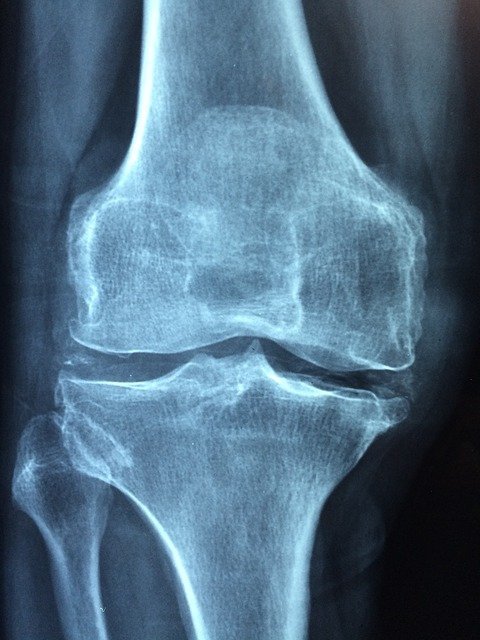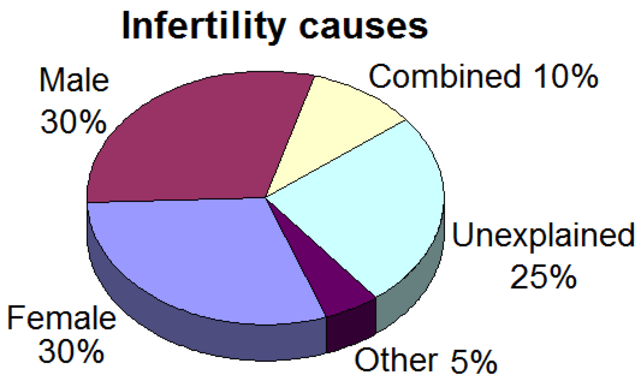Information on this site shall be considered as holistic, alternative and spiritual advice only. For medical advice and treatment a GP, medical professional and/or Certified Hijama Therapist should be consulted. In all circumstances where lifestyle changes, supplements, or other foods are suggested your GP should be consulted. Client Safety is the number one priority.
Cupping / Hijama Points Treatment Plan for Nasal Sinuses
Allow 2-4 weeks between sessions – longer if required. Hijama Points shown for each session should ONLY be used to guide the therapist. Body size, cup size, and any other conditions need to considered and appropriate care and attention taken. The number of sessions shown can be increased or reduced depending on the condition of the client.
Complete Treatment Plan
Click here for Session 1Click here for Session 2
Click here for Session 3
Standard Wet Points – 1,55,102,103,108,109,36,14
Click here for Hijama Points on the back of the bodyClick here for Hijama Points on the head and face
If the client has a complicated history and numerous concerns then it is a good idea to use our online consultation service – click here.
Which body part or function is involved in Nasal Sinuses?
The paranasal sinuses are a complex form of cavities extending from the nose and present in the upper airway. The structure and physiology of the nose and paranasal sinuses are interlinked and specialized in performing certain functions together in a very precise way. The functions they perform together include filtering the air that a person inhales, conditioning, and warming the passing air. All these activities are performed to generate an immunogenic response in case of any pollutant, allergen, or some other particle that enters through the nose protecting the internal respiratory organs.
Four Sinuses
There are four sinuses present on each side as cavities in the bones connected with the nose via an opening named Ostia for the drainage of accumulating mucus. These sinuses are also lined by the same mucus membrane lining the nose with hairy projections called cilia to push the mucus out of the sinus towards the nose through Ostia then the mucus either swallowed or expelled out. In newborns, these sinuses are either absent or very small in size and start growing rapidly as a person hits puberty. The sinuses are divided into maxillary sinuses, ethmoidal sinuses, and sphenoidal sinuses.

Maxillary sinuses
These are the largest of paranasal sinuses and the first sinuses to appear first as early as the first few months of a fetus in the uterus. These frontal sinuses appear as a rough pyramid in shape and are present behind the eye sockets with their base is in close contact with the bones of the palate of the mouth and teeth and sometimes teeth may also project through the sinus floor into the sinus cavity. The nerves of the upper teeth pass through the front wall of the sinus.
Ethmoidal sinuses
These are a group of 3 to 18 small sinus cavities that are present between the eye sockets and nasal cavities making the ethmoidal labyrinths. These sinuses are present in groups of three non-interlinked cavities opening into the nasal cavity lubricating the nasal lining by secreting the mucus they produce.
Sphenoidal sinuses
These are present in the sphenoidal bone at the back of the nose that are separated from each other by the septum. They discharge mucus into the nose through an opening present in their front wall.
What are the symptoms and effects of Nasal Sinuses on the body?
Diseases of nasal sinuses
The most commonly occurring disorder in the nasal sinuses is an infection named sinusitis. Chronic or acute sinusitis often causes blockage or congestion of the nasal cavity making it difficult for a person to breathe through the nose. This is inflammation of the nasal sinuses causes facial pain and swelling and pressure. This condition can affect both adults and youngsters equally. Chronic sinusitis may show signs and symptoms for more than 12 weeks with episodic acute sinusitis before developing into a chronic infection. On the other hand, acute sinusitis is a short-term infection often due to a cold and lasts for about two to four weeks. The symptoms of both conditions are almost similar, and people may suffer recurrent sinusitis occurring many times a year.
Common signs and symptoms of sinusitis may include:
- Inflammation of the nasal cavity
- Postnasal drainage down the throat
- Obstructed or congested nostrils making it difficult to breath
- Thick discharge from the nose
- Pain in ear
- Eyes and facial swelling, pain, and tenderness
- Reduced ability to taste and smell
- Pain in the upper teeth and jaw¨C33CFeeling tired or fatigued
- Cough or sore through
- Runny or stuffy nose
Causes of sinusitis:
- Common cold and flu
- Rhinitis
- Nasal polyp
- Impairment leading to shifting within a sinus cavity.
- Polyps in the nasal lining from the maxillary and ethmoidal sinus may swell and grow to form a polyp that obstructs the nasal cavity leading to difficulty in breathing. These are common in people with allergies and often need surgical removal. Cancers affecting the paranasal sinuses cancers that affect sinuses are very rare but common in people of Bantu in South Africa because of a carcinogenic homemade snuff they use over a long period of time. Also, recent studies have reported higher chances of sinuses-related cancers in people working in the furniture industry.

What changes in diet can help improve symptoms of Nasal Sinuses?
Some dietary changes are recommended to improve sinusitis symptoms:
- Take a glass of warm water in the morning with a pinch of turmeric and black pepper
- Drink herbal tea
- Take chicken soup
- Warm milk with turmeric
Avoid foods like:
- Avoid eating yogurt
- Don’t drink cold drinks
- Stop eating rice or fruits at night.
Changes in lifestyle which can help Nasal Sinuses
- Drinking enough water makes the nasal mucus thin and easy to blow out.
- Stop smoking as it increases the chances of developing sinus infections
- Take a healthy balanced diet
- Avoid flying when you congestion problem it can get worst with air pressure changes
Possible alternative remedies for Nasal Sinuses
- Try using a saline nasal spray to rinse your nasal cavity
- Use decongestants if required
- Use a vaporizer or humidifier to keep the moisture levels up to help ease congestion
- Breathe in steam vapors.
- Put a warm, wet towel on your face. It can take off some of the pressure
- Use Neti pots to wash your nose to get your sinuses flowing normally
- Avoid alcohol
- Take plenty of rest




